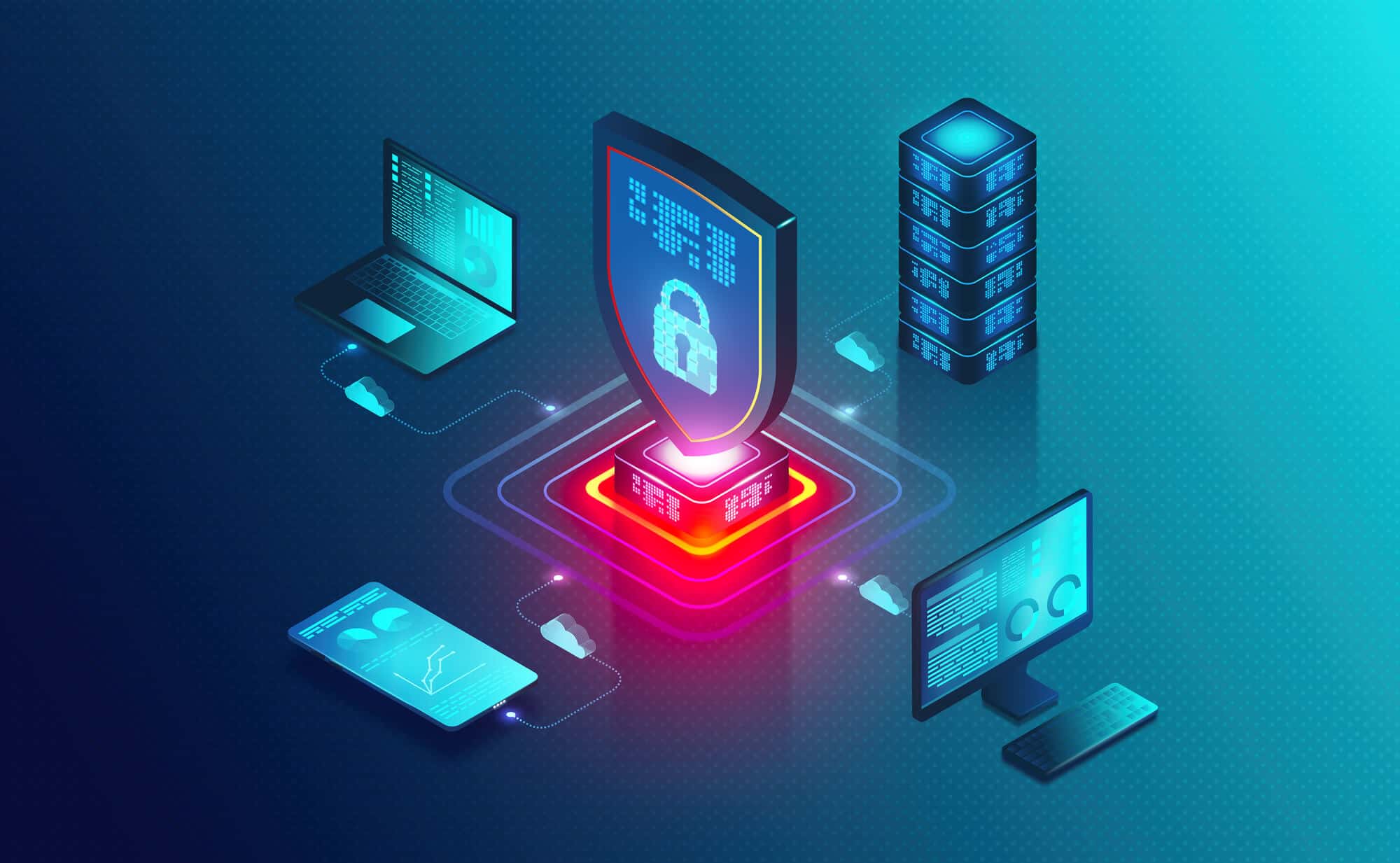Cybersecurity Solutions for Businesses

Introduction
In today’s hyper-connected world, the threats to digital security have never been more significant. With cyberattacks becoming increasingly sophisticated, businesses of all sizes are at risk of data breaches, financial losses, and reputational damage. As these threats continue to evolve, so does the importance of robust cybersecurity solutions. These solutions are not just a defensive mechanism but a proactive strategy to safeguard a company’s most valuable assets.
This blog will dive deep into what cybersecurity solutions are, the common threats they combat, the key features to look for, and how to choose the right solution for your business. By the end, you’ll have a comprehensive understanding of how to protect your organization from cyber threats.
What Are Cybersecurity Solutions?
Cybersecurity solutions are a suite of technologies, processes, and practices designed to protect networks, devices, programs, and data from attack, damage, or unauthorized access. These solutions are essential for maintaining the integrity, confidentiality, and availability of information.
Types of Cybersecurity Solutions:
- Endpoint Security: Protects individual devices like laptops, smartphones, and desktops from cyber threats.
- Network Security: Safeguards the underlying networking infrastructure from misuse, malfunction, and unauthorized access.
- Cloud Security: Ensures the safety of data, applications, and services stored in the cloud.
- Identity and Access Management (IAM): Manages and controls who has access to company resources.
- Security Information and Event Management (SIEM): Provides real-time analysis of security alerts generated by network hardware and applications.
The importance of these solutions cannot be overstated. In an age where data breaches can cripple a company, having a comprehensive cybersecurity strategy is not just recommended—it’s essential.
Common Cybersecurity Threats Faced by Businesses
Understanding the types of threats your business might face is the first step in selecting the right cybersecurity solutions. Here are some of the most common:
- Phishing Attacks: Cybercriminals use fake emails, messages, or websites to trick individuals into revealing sensitive information, such as passwords or credit card numbers.
- Ransomware: A type of malware that encrypts a victim’s data, demanding payment (often in cryptocurrency) to restore access.
- Malware and Viruses: Malicious software designed to harm or exploit any programmable device or network.
- Insider Threats: Security risks originating from within the organization, often due to disgruntled employees or careless handling of sensitive information.
- Distributed Denial of Service (DDoS) Attacks: Overwhelms a network, service, or website with traffic, rendering it unusable.
- Zero-Day Exploits: Attacks that occur on the same day a weakness is discovered in software, before a patch or fix can be implemented.
These threats can lead to severe consequences, including financial losses, operational downtime, and damage to a company’s reputation. Therefore, it is crucial to have security measures in place to defend against them.
Key Features to Look for in Cybersecurity Solutions
When choosing cybersecurity solutions for your business, it’s important to consider specific features that will ensure comprehensive protection. Here are some critical features to look for:
- Real-Time Threat Detection and Response: The ability to detect and respond to threats as they occur is vital in minimizing damage.
- Scalability: Your cybersecurity solution should grow with your business, adapting to increasing complexity and volume of threats.
- Compliance and Regulatory Support: Solutions should help your business stay compliant with industry regulations like GDPR, HIPAA, and others.
- User-Friendly Interface: A solution that is easy to use and manage is crucial for effective implementation and ongoing management.
- Multi-Layered Security Approach: Combining multiple security measures (e.g., firewalls, antivirus, encryption) provides a more robust defense.
- Integration with Existing Systems: Ensure the solution integrates smoothly with your current IT infrastructure without causing disruptions.
These features will help you build a strong defense against cyber threats, protecting both your data and your business operations.
Top Cybersecurity Solutions in the Market
There are numerous cybersecurity providers offering various solutions, each with its strengths. Here’s a brief overview of some of the top players in the industry:
- Symantec: Known for its comprehensive endpoint security solutions that offer protection against a wide range of threats.
- McAfee: Provides a strong suite of security products, including antivirus, endpoint protection, and cloud security.
- Palo Alto Networks: Offers advanced firewalls and cloud-based security solutions designed to prevent cyberattacks.
- CrowdStrike: Specializes in endpoint security, threat intelligence, and cyberattack response services.
- Fortinet: Delivers high-performance cybersecurity solutions, including firewalls, VPNs, and intrusion prevention systems.
Case Studies:
- Symantec: A large financial institution significantly reduced phishing incidents after deploying Symantec’s endpoint security solutions.
- Palo Alto Networks: A mid-sized tech company improved its overall security posture and reduced the risk of data breaches by implementing Palo Alto’s next-gen firewalls.
These examples illustrate the tangible benefits that robust cybersecurity solutions can bring to a business.
How to Choose the Right Cybersecurity Solution for Your Business
Selecting the right cybersecurity solution requires a thorough assessment of your business needs and careful consideration of the options available. Here’s how to go about it:
Assessing Business Needs:
- Size and Industry-Specific Threats: A small startup may need different solutions than a large enterprise. Similarly, industries like finance or healthcare face unique challenges.
- Budget Considerations: While cybersecurity is a critical investment, it’s essential to balance cost with the level of protection required.
Evaluating Solution Providers:
- Reputation: Look for providers with a strong track record and positive customer reviews.
- Support and Customer Service: Ensure the provider offers excellent support to help you manage and resolve issues promptly.
- Security Certifications: Check if the provider has relevant certifications (e.g., ISO 27001) that demonstrate their commitment to security best practices.
Implementing and Maintaining Cybersecurity Solutions:
- Tips on Smooth Implementation: Ensure proper planning and training to integrate the solution with minimal disruption.
- Ongoing Management and Updates: Regularly update and review your cybersecurity measures to keep up with emerging threats.
By following these steps, you can choose a cybersecurity solution that best fits your business and provides the necessary protection against cyber threats.
The Future of Cybersecurity Solutions
As cyber threats continue to evolve, so too must the solutions designed to combat them. Here are some emerging trends to keep an eye on:
- AI and Machine Learning: These technologies are being increasingly integrated into cybersecurity solutions to predict, detect, and respond to threats more effectively.
- The Role of Quantum Computing: While still in its infancy, quantum computing has the potential to revolutionize cybersecurity by making current encryption methods obsolete—and developing new, more secure ones.
As these technologies advance, proactive security measures will become even more crucial. Businesses will need to stay ahead of the curve by adopting cutting-edge solutions that address both current and future threats.
Conclusion
In today’s digital age, robust cybersecurity is no longer optional; it’s a necessity. By understanding the types of threats businesses face and the features of effective cybersecurity solutions, you can make informed decisions that protect your organization from potential disasters.
Now is the time to assess your current cybersecurity posture and consider whether your existing solutions are sufficient. Don’t wait for a breach to take action—invest in strong cybersecurity solutions today to safeguard your business for tomorrow.



